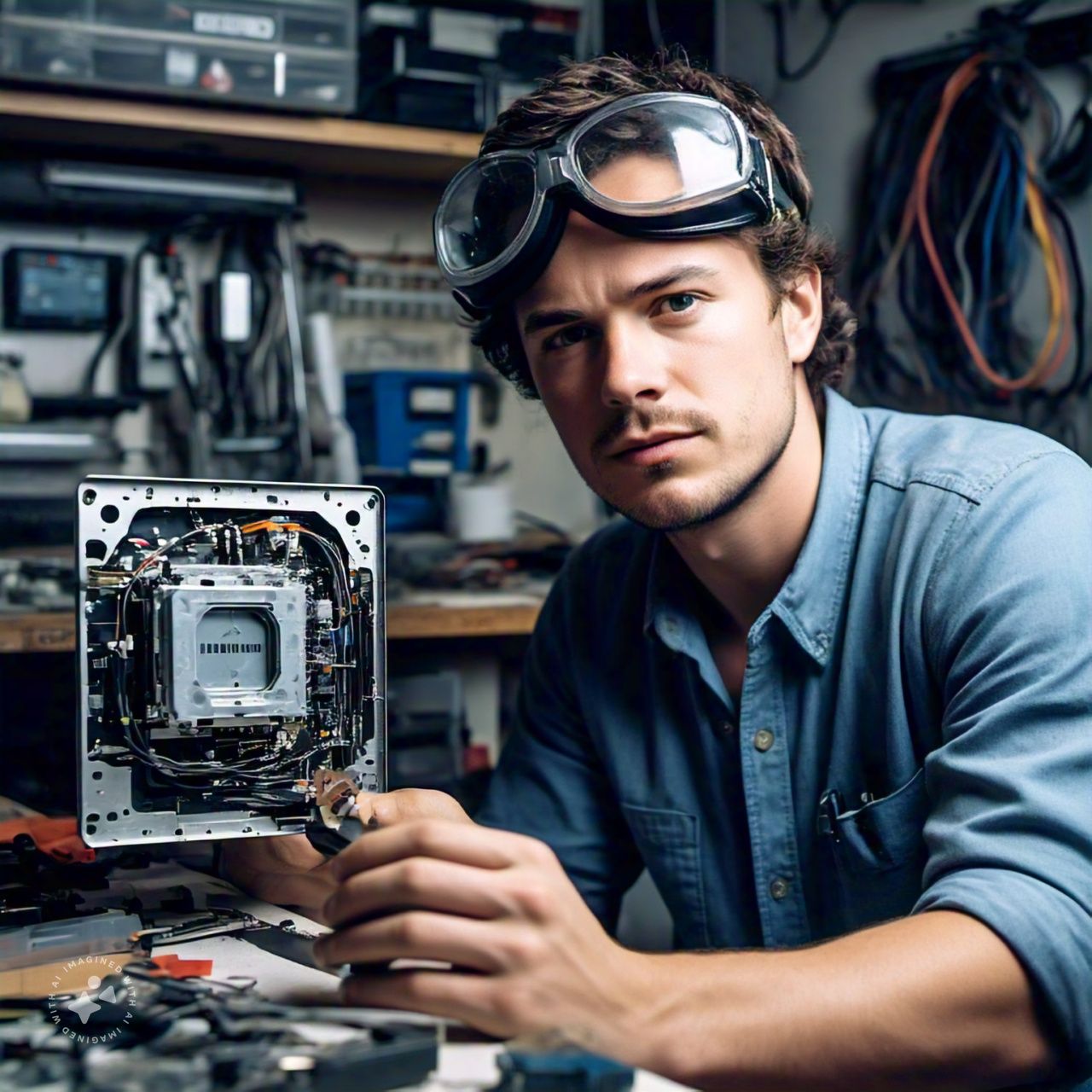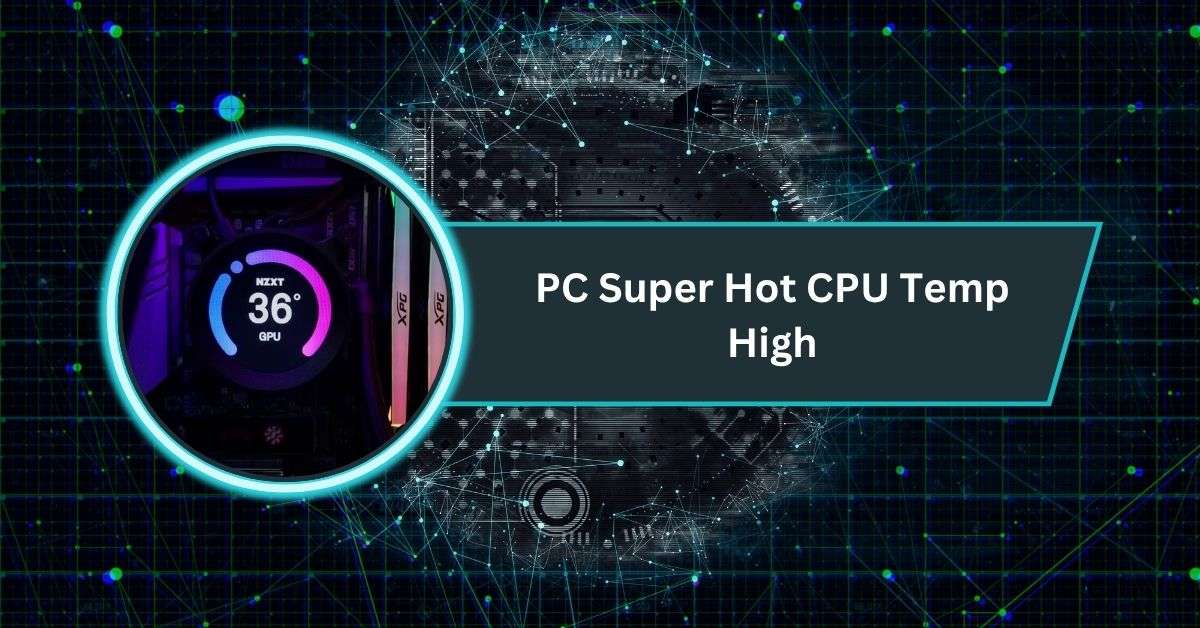BeamNG.drive is not just another racing or driving game—it’s a physics powerhouse that pushes your PC to its limits. Every crash, bend, and collision is simulated in real time, which makes the game feel incredibly realistic but also demanding on hardware.
BeamNG is more CPU intensive than most games due to its complex physics engine, though the GPU also matters for graphics. Overall, BeamNG.drive uses significantly more CPU power but requires balanced CPU and GPU performance.
In this guide, we’ll break down exactly how BeamNG uses both, and how you can optimize performance for the best experience.
Introduction to BeamNG – Take A Detailed Note!
1. What is BeamNG?
BeamNG is a driving simulation game that focuses on realistic physics. Every crash, bend, or collision is calculated in real time.
This makes driving feel natural and highly detailed, giving players an experience far beyond traditional racing or driving games.
2. Why BeamNG is CPU Intensive

BeamNG is CPU intensive because its soft-body physics engine constantly calculates how cars bend, break, and interact with the environment.
Multiple vehicles, AI traffic, and mods increase CPU demand, making a strong processor essential for smoother gameplay.
3. Who Developed BeamNG?
BeamNG.drive was developed by BeamNG GmbH, a small German company founded in 2011. Their team specializes in soft-body physics and simulation technology.
Over time, the game has grown through community feedback and updates, becoming one of the most realistic driving simulators available.
4. For What Purpose Does BeamNG Used?
BeamNG is used for entertainment, learning, and simulation. Players enjoy realistic driving and crashes, while car enthusiasts use it for testing.
Some even use BeamNG for research, vehicle design, and teaching physics because of its accurate simulation system.
Also Read: Is Tarkov CPU Or GPU Intensive – Insight For Gamers!
Why BeamNG Feels CPU-Heavy
BeamNG’s core strength is its soft-body physics engine. Every vehicle is made of many nodes and beams, and collisions and deformations are computed frame-by-frame.
Those physics calculations run largely on the CPU and scale with the number of active vehicles, active AI, spawned props, and physical debris. That’s why heavy scenarios (traffic, crashes, mods) drive CPU usage way up.
In addition, many parts of the game’s logic, AI, and world updates are single-thread sensitive — meaning higher single-core speed helps maintain high frame rates more than raw core count in some situations.
When the GPU Matters
The GPU is still important. BeamNG needs the GPU to render terrain, shadows, lighting, high-res textures, post-processing and large resolutions (1440p / 4K).
If you crank visual settings, add reshades or use mods with fancy materials, the GPU becomes the limiting factor.
Also, when many vehicles are visible at once, the rendering workload increases and the GPU load rises. In short: physics = CPU, visuals = GPU.
Official System Requirements (What the Devs Recommend)

BeamNG’s recommended specs show the hybrid demand: they list relatively modern multi-core CPUs (Ryzen 7 1700 / i7-6700 as baseline) and mid-range GPUs like GTX 970 / R9 290 for 1080p.
They also recommend plenty of RAM (32 GB) — because large maps and mods use memory. These specs reflect that you need both a capable CPU and GPU to get comfortable performance, especially with mods and high traffic.
How to Tell Which Component Is the Bottleneck
Don’t guess — measure. Use MSI Afterburner, Task Manager, or HWiNFO and watch these during a typical session:
- CPU: check overall and per-core usage. If one core is pegged at 90–100% while others are low, you have a single-thread bottleneck.
- GPU: watch GPU usage and VRAM. If GPU is near 99% and CPU idle, the GPU is the limit.
- RAM: watch committed memory. If you hit swap/page file, stutters will happen.
- Temperatures: thermal throttling can hide as low CPU/GPU usage but bad performance.
Community posts and troubleshooting threads repeatedly show people with low GPU usage but poor FPS — which is a sign the CPU/physics side is saturating the system.
Common Scenarios and Which Component You’ll Hit
- Single car on small map, low traffic, high visuals: GPU limited.
- Many AI vehicles, heavy crashes, mods (traffic, debris, complex maps): CPU limited.
- Multiplayer mods (BeamMP) or heavy server sync: CPU usage can spike to near 100% on the host/client.
- Running at 4K with maxed post-processing: GPU limited even if physics is heavy.
Tuning Settings — What to Lower First
If you’re CPU-bound:
- Reduce traffic/AI population.
- Lower vehicle population (spawn fewer cars).
- Turn off or lower physics detail where possible (traffic density, debris count).
- Close CPU-heavy background apps (web browsers, streaming, Discord overlays).
If you’re GPU-bound:
- Reduce resolution or use dynamic resolution.
- Lower shadow quality, post-processing, and reflection details.
- Turn off anti-aliasing or change to a cheaper AA method.
General tips:
- Limit mods and scripted traffic if you want smooth, stable FPS.
- Use an FPS cap to avoid huge variance — BeamNG can run uncapped FPS which stresses the CPU. A reasonable cap keeps physics stable. Practical guides recommend setting FPS target slightly above your display refresh to avoid stutter.
Must Read: Is Apex CPU Or GPU Intensive – Optimized Settings & Tips!
Best Hardware Upgrades for BeamNG (Practical Choices)
If you want to spend money and see the biggest difference:
CPU priority (best bang for BeamNG):
- Faster single-core performance — choose CPUs with strong single-thread clocks.
- Solid mid-to-high core counts (6–12 cores) help with background tasks, mods, and multitasking.
- Example targets: modern Intel Core i5/i7/i9 with high single-core boost or AMD Ryzen 5/7 with good single-thread performance.
GPU priority:
- If you play at 1080p with moderate traffic, a mid-range recent-gen GPU will give good visuals.
- If you want 1440p/4K or maxed visual mods, pick a high-end GPU (RTX 30/40 series or AMD equivalent).
Memory and storage:
- 32 GB RAM is recommended by the devs and community for heavy mod setups.
- Use an SSD for faster load times and smoother streaming of assets.
Note: the exact best CPU/GPU depends on budget. Community build threads often show players hitting 60–150 FPS on high settings with modern i9/RTX 40xx combos, but these are overkill if you only play vanilla with low traffic.
Optimizations Beyond Settings
- Mods selection: Many visual and traffic mods increase CPU/GPU requirements. Use fewer or optimized mods for better performance.
- Driver updates: Keep GPU drivers current but test new drivers — sometimes a specific driver causes issues.
- Background processes: Disable overlays (Discord, Nvidia GeForce Experience) while benchmarking; browsers with many tabs can steal CPU.
- Power plan: On laptops/desktops, set high-performance power profile to avoid CPU downclocking.
- Thermals: Ensure adequate cooling — thermal throttling reduces both CPU and GPU performance.
- FPS limiter: Use the in-game limiter or an external tool (RivaTuner / RTSS) to prevent runaway FPS that causes physics instability.
Community guides and FAQs consistently recommend monitoring and fine-tuning both sides (physics and rendering) rather than assuming one single upgrade will fix everything.
Sample Tuning Recipes (Quick Start)
If you want three quick setups depending on what you want:
- Smooth physics, many cars (CPU focus)
- Reduce resolution slightly to ease GPU.
- Lower view distance and particle/debris counts.
- Cap FPS to 60–120.
- Use a CPU with strong single-core boost.
- Beautiful visuals, single car (GPU focus)
- Max shadows, textures, post-processing.
- Increase resolution and enable higher-AA.
- Disable traffic/AI or set to minimum.
- Balanced streaming + mods
- 32 GB RAM, SSD, mid/high-end CPU (6–12 cores), solid GPU (RTX 3060 or better).
- Moderate traffic, medium visuals, keep heavy scripts to a minimum.
These recipes are practical starting points — tweak incrementally and measure after each change.
Is BeamNG CPU or GPU Intensive for Gaming

BeamNG is more CPU intensive because of its advanced physics that simulate real crashes and vehicle behavior.
The GPU is still important for visuals, but smooth gameplay mostly depends on strong CPU performance.
Read Out: Inventory Agent High CPU – Easy Fixes for Windows Users!
BeamNG CPU bottleneck
A CPU bottleneck happens in BeamNG when your processor struggles to handle physics, AI, or multiple vehicles, causing low FPS even if the GPU is not fully used. This is common in heavy crash scenarios.
BeamNG Recommended Specs
BeamNG recommends a modern multi-core CPU, a mid-range GPU, and at least 16–32GB of RAM. An SSD also helps with faster loading. Following these specs ensures smoother performance with traffic, large maps, and mods.
FAQs
1. Is BeamNG more CPU or GPU intensive?
BeamNG is more CPU intensive because its realistic physics calculations rely heavily on processor power, though GPU still matters.
2. Low Framerates but little GPU usage?
Low FPS with low GPU usage means the CPU is struggling with physics, limiting performance instead of the graphics card.
3. What is FPS?
FPS means frames per second. It shows how smooth a game runs; higher FPS makes gameplay feel more responsive.
4. Is BeamNG Drive a demanding game?
Yes, BeamNG is demanding because of detailed physics and graphics. It requires a strong CPU, decent GPU, and enough RAM.
5. Is BeamNG drive CPU or RAM intensive?
BeamNG is mainly CPU intensive, but RAM also matters. Heavy maps, mods, and traffic work best with at least 16–32GB RAM.
6. Is Assetto Corsa CPU or GPU intensive?
Assetto Corsa leans more on the GPU for visuals, but the CPU is important for handling physics and multiple cars smoothly.
7. What does that mean “BeamNG Low GPU Usage”?
Low GPU usage in BeamNG means the CPU is bottlenecking, so the graphics card isn’t fully used during gameplay.
8. Why multicore processors for BeamNG.drive?
Multicore processors help BeamNG manage AI traffic, background tasks, and mods better, even though single-core speed is still very important.
9. Recommended VRAM size for BeamNG?
BeamNG runs best with at least 4–6GB of VRAM for 1080p. Higher resolutions or mods benefit from 8GB or more.
10. How demanding is BeamNG?
BeamNG is very demanding because of soft-body physics and detailed environments. Smooth performance requires a powerful CPU and decent GPU.
Conclusion
BeamNG.drive is an incredible simulation that combines realistic physics with detailed graphics, making it more CPU intensive than most games. While the GPU handles visuals, the CPU carries the heavy load of physics, AI, and traffic. To enjoy smooth performance, players need a strong processor, a capable GPU, and plenty of RAM. With the right setup and optimized settings, BeamNG offers a truly unique and realistic driving experience.











